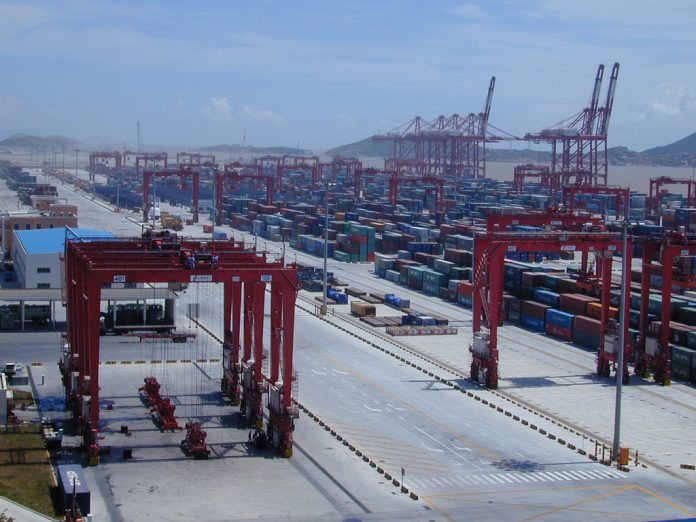Spot freight rates out of Asia saw steep and seemingly unfettered increases crashing through the US$4,000/FEU mark on the Pacific and skyrocketing to more than US$5,600/FEU to North Europe.
Regulators’ attempts, in both Asia and the US, to maintain rates below the US$4,000/FEU mark on the Pacific have seemingly failed while the EU has not made any attempts to curb the costs of transportation.
In South Korea the Ministry of Oceans and Fisheries has made attempts to encourage local vessel operators to add tonnage, to free equipment and to share space to help South Korean exporters.
Congestion in US West Coast ports, equipment shortages and a lack of inland service provision to match demand in the US’ busiest region has led to contagion on other trade lanes, particularly from Asia to Europe, as carriers shifted equipment to the Pacific to take advantage of higher rates in that region.
The Freightos Baltic Index (FBX) recorded that spot rates on the Pacific hit US$4,189/TEU this week while East Coast services climbed to US$5,397/FEU. However, the steepest rate rises this week came on the Asia to North Europe services where spot rates had been US$3,453/FEU on 1 December, today’s values had catapulted to US$5,662/FEU and spot rates to the Mediterranean had reached US$5,644/FEU today, from US$3,453/FEU at the start of this month.
“Still-surging demand for ocean freight and the resulting global equipment shortage pushed rates up across most of the major ex-Asia lanes this week, after what seemed like a slowing in upward pressure last week,” said Freightos’ Judah Levine.
“Most surprisingly, rates on both transpacific lanes climbed significantly for the first time since mid-September, perhaps signalling that carriers’ tacit agreement with Chinese regulators not to increase prices on these lanes may be coming to an end,” he added.
Meanwhile outraged shippers face entering the contract season with rates at the possibly the highest levels ever seen, with some cargo owner representatives arguing that the carriers have ‘manufactured’ equipment and capacity shortages to push rates up to these unprecedented levels.
Nick Savvides
Managing Editor







